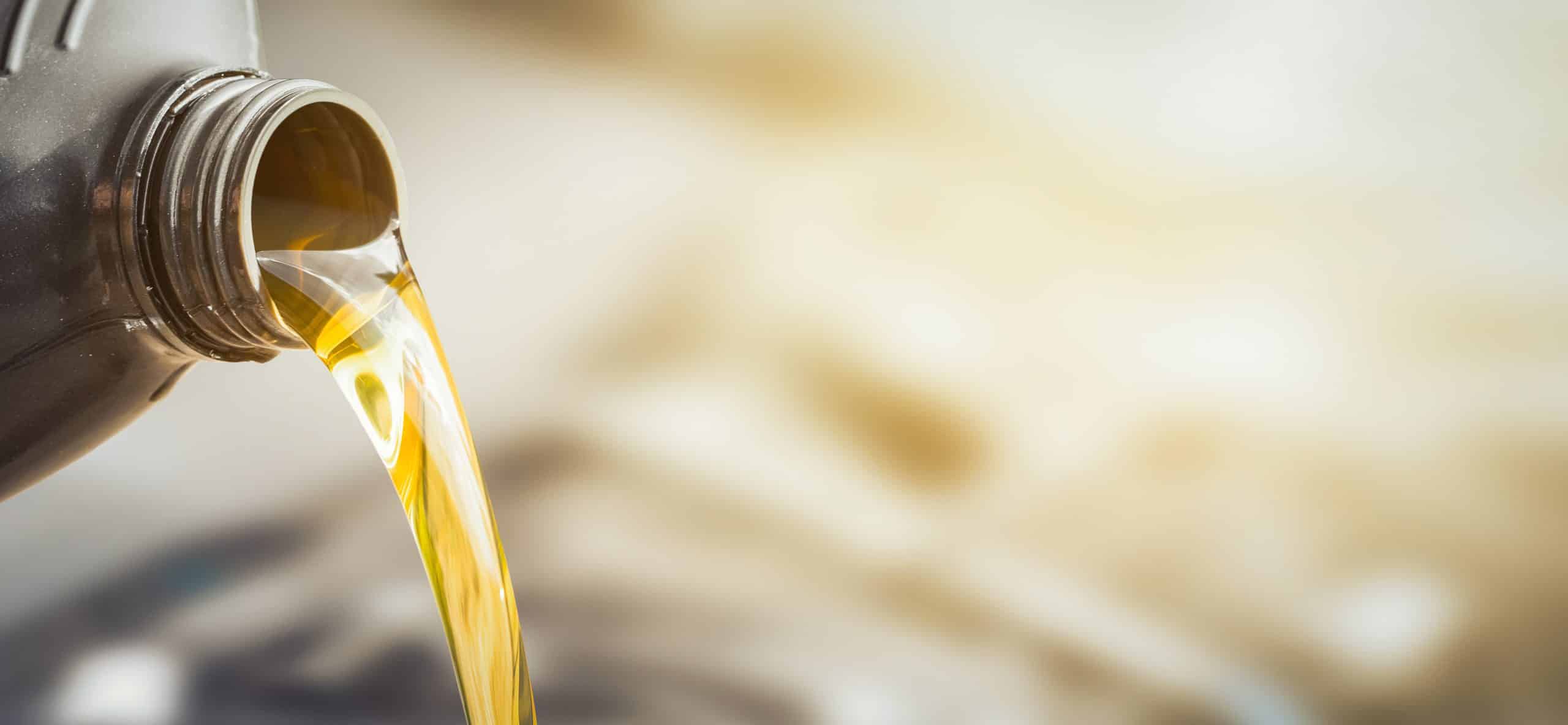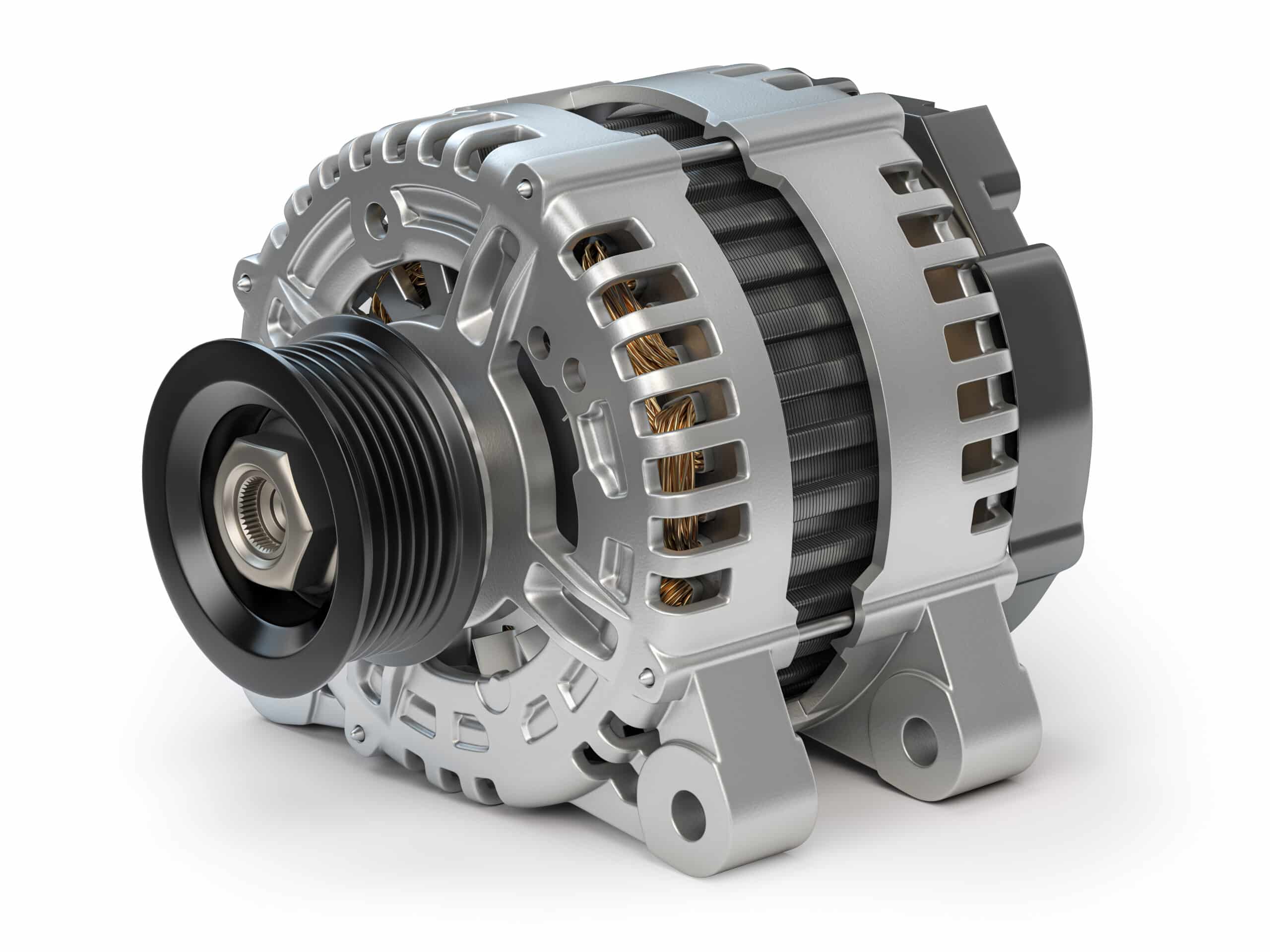Dive into the essential world of engine coolant and antifreeze to understand their vital functions in maintaining your car’s performance.

Have you ever wondered what keeps your car from overheating even in the scorching heat of summer and prevents it from freezing in the biting cold of winter? The answer lies in engine coolant, a brightly colored liquid specially formulated to keep your engine from overheating, and keep it from freezing in winter.
Engine coolant, aka antifreeze, also acts as an antioxidant, to prevent rust forming on the inside of your engine, and it lubricates moving parts like the water pump. It also raises boiling point, which is beneficial for heat dissipation. Modern waterless coolant even has a boiling point far above your engine’s operating temperature, preventing it from boiling, and it lasts the lifetime of the engine.
Let’s dive into the world of coolant and antifreeze to understand what they are, how they work, and why they are so essential for your car.
What is Coolant?
Traditional coolant is a 50:50 mixture of water and antifreeze. Deionized water is mixed with an equal part of the antifreeze component, typically ethylene glycol or propylene glycol containing an additive package.
Modern waterless coolant on the other hand, a mix of both types of glycols and additives, does not contain water. It does not boil over, is not toxic and it is non-corrosive.
The primary function of coolant is to absorb excess heat from the engine by circulating through the car engine’s water passages regulating its temperature. Heat dissipates through the radiator, preventing the engine from overheating. At the same time, the glycol in the coolant also protects the engine from freezing in cold temperatures, hence the name “antifreeze”.
Engine coolant makes your car start and run smoothly and reliably regardless of ambient conditions.
What is Antifreeze?
Antifreeze is basically ethylene glycol or propylene glycol containing additives. Conventional antifreeze is mixed, usually 50:50, with deionized water to create coolant.
The antifreeze in the coolant prevents the engine from freezing in cold temperatures and boiling in hot temperatures. Antifreeze also has anti-corrosive and lubricating properties, helping to protect the engine and cooling system from rust and corrosion while keeping moving parts like the water pump lubricated.
Modern waterless coolant is a 100% antifreeze mix with special additives in order to eliminate the potentially corrosive water component and to raise the boiling point.
Difference Between Coolant and Antifreeze
While the terms coolant and antifreeze are often used interchangeably, they refer to different things. Antifreeze is the concentrated, undiluted form of the solution, which is usually ethylene glycol or propylene glycol based with additives. Coolant, on the other hand, is a mixture of antifreeze and water, typically in a 50:50 ratio.
The antifreeze lowers the freezing point and raises the boiling point of the coolant, ensuring that it remains in a liquid state under a wide range of temperatures. It is this mixture of deionized water and antifreeze that circulates through your engine to keep it operating at the right temperature.
How Does Coolant Work?
An engine produces a significant amount of heat during operation, primarily due to the combustion process and friction between moving parts. Without proper cooling, the engine’s temperature would rise rapidly, inadvertently leading to reduced efficiency, internal damage and eventually catastrophic failure. With no coolant at all, on average, a car engine will only last a few miles or up to 10 minutes of driving time before seizing. When this happens, in most cases your engine is done and will need to be replaced.
To prevent this, coolant continuously circulates through the engine, absorbing the excess heat and carrying it away to the radiator, where it is cooled by air flow before returning to the engine to repeat the process. This continuous circulation helps maintain a stable and optimal operating temperature, ensuring that the engine performs efficiently and reliably.
Additionally, coolant lubricates and protects the engine from corrosion and scale buildup, as it contains lubrication additives and rust and scale inhibitors. These complex properties not only extend the life of the engine but also ensure that it keeps operating at peak efficiency, providing better fuel economy and performance.
Different Types of Coolant
There are several types of coolant available, each formulated to meet the specific needs of different engine types and materials. The most common types include:
- Inorganic Acid Technology (IAT): This is the traditional type of coolant, typically green in color, used in older vehicles. It contains silicates and phosphates to prevent corrosion but has a shorter lifespan and requires more frequent replacement.
- Organic Acid Technology (OAT/OET): This type of coolant, often orange or red, is free from silicates and phosphates, providing longer-lasting protection against corrosion. It is commonly used in newer (North American) vehicles.
- Hybrid Organic Acid Technology (HOAT): Combining the best of both IAT and OAT, HOAT coolant offers extended protection and a longer service life. It is available in various colors, including yellow, orange, and pink.
- Phosphate-Free Coolant: Specifically designed for European vehicles, this blue color coolant type is free from phosphates and offers excellent protection against corrosion.
How Does Antifreeze Work?
Antifreeze is crucial for several reasons. It ensures that the coolant remains liquid, even in extremely cold temperatures, preventing the engine from freezing and cracking. In hot temperatures, it raises the boiling point of the coolant, preventing overheating and potential engine damage. The anti-corrosive properties of antifreeze also protect the engine and cooling system components, extending their lifespan and maintaining optimal performance. Lastly, antifreeze acts as a lubricant for various parts like the water pump.
How to Check Coolant and Antifreeze Levels:
Maintaining the right level of coolant and antifreeze is crucial for the proper functioning of your vehicle’s engine. Here’s how you can check and maintain it:
- Ensure the engine is cool: Never open the radiator cap when the engine is hot, as the pressurized coolant can cause severe burns.
- Locate the coolant reservoir: This is usually a transparent plastic container located near the radiator.
- Check the level: The reservoir will have ‘low’ and ‘full’ markings. Ensure that the coolant level is between these two markings.
- Check the color: The coolant should be clean and free from any debris. If it is discolored or has particles floating in it, it may be time for a coolant flush.
- Top up if necessary: If the level is low, add a 50:50 mixture of antifreeze and deionized water until it reaches the ‘full’ mark.
Conclusion:
Engine coolant, a 50:50 mixture of deionized water and antifreeze, is vital for your car’s engine. Understanding what coolant is, its importance, and how to use it is essential for ensuring the longevity and efficiency of your engine. Regular maintenance of the cooling system is crucial to ensure its proper functioning and to extend the life of your engine.
So, the next time you go cruisin’, remember to first check your coolant level under the hood so you can enjoy a trouble-free journey with your engine in top-notch condition.
Stay curious, and until next time!
Keep exploring the incredible world of automotive wonders!
FAQs:
What is the main purpose of coolant and antifreeze in my vehicle?
The main purpose of coolant, a 50:50 mix of antifreeze and deionized water, is to regulate the engine’s temperature, preventing it from overheating in hot conditions and freezing in cold conditions. Antifreeze also protects the engine and cooling system from corrosion and lubricates various parts like the water pump.
Can I mix different types of coolant?
It is generally not recommended to mix different types of coolant as they may have different chemical compositions and could react negatively with each other, reducing their effectiveness and potentially damaging your engine.
How often should I check my coolant and antifreeze levels?
You should check your coolant and antifreeze levels at least once a month and before long journeys. Always ensure the engine is cool before checking to avoid injury.
What happens if my vehicle runs out of coolant and antifreeze?
Running out of coolant, a 50:50 mix of antifreeze and deionized water, can cause your engine to overheat, potentially leading to severe damage and engine failure. It is crucial to maintain proper levels and address any leaks immediately.
Is it safe to handle antifreeze on my own?
Antifreeze can be toxic if ingested and harmful if it comes into contact with your skin or eyes. It is important to handle it with care, wear protective gloves and glasses, and store it safely away from children and pets. Especially pets are attracted to the sweet smell of engine coolant, which if ingested may lead to irreversible kidney damage, which is often fatal.
Can I just use water instead of coolant in my radiator?
Using plain water in your radiator is not recommended, especially in extreme weather conditions. Water alone does not have the anti-corrosive properties of coolant, meaning your engine’s internals will rust, and it has a higher freezing point and lower boiling point, making your engine more susceptible to damage. Also, over time, tap water will deposit scale and reduce the cooling abilities of the car’s cooling system.
How do I dispose of old coolant and antifreeze?
Coolant and antifreeze should never be poured down the drain or onto the ground. They are harmful to the environment and they contribute to water pollution, contain chemical additives, and have been contaminated with trace metals and oil during use. Instead, take them to a local hazardous waste disposal facility or an automotive shop that offers recycling services.
What color should my coolant be?
Coolant comes in a variety of colors, including green, orange, red, pink, and blue. The color depends on the type of coolant; however, it should always be clean and free from debris. If it appears discolored or has particles floating in it, it may need to be replaced.
Can I change coolant and antifreeze myself?
Yes, you can change coolant and antifreeze yourself, but it is important to follow the vehicle manufacturer’s guidelines. The engine has to be cold and you should take proper safety precautions like wearing protective gloves and glasses. If you are unsure, it may be best to have a professional do it for you.
What are the signs of low coolant levels or a coolant leak?
Signs of low coolant levels or a coolant leak can include an overheating engine, a sweet-smelling odor coming from the engine area, visible leaks under the vehicle, or a low coolant warning light on your dashboard. If you notice any of these signs, switch off the engine when it’s safe to do so, check your coolant levels and inspect for leaks to prevent the engine from overheating and causing damage.







